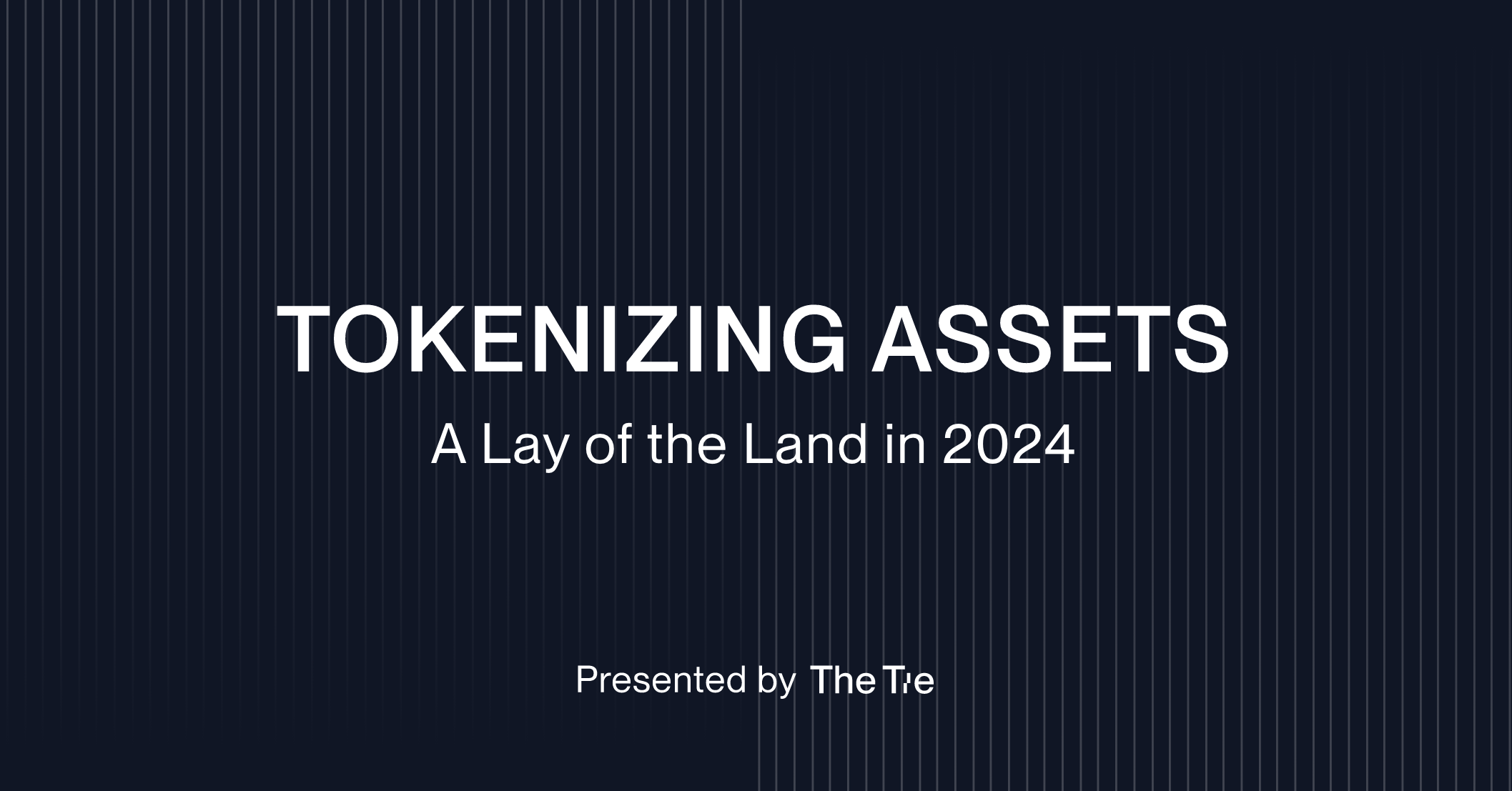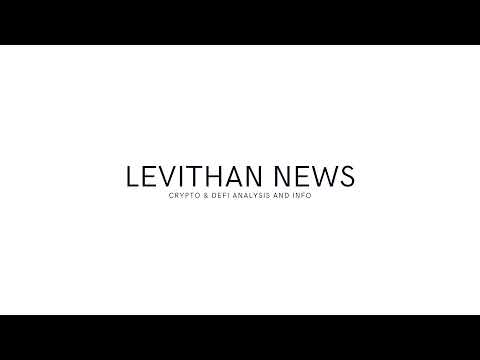Research Summary
The report discusses the growing trend of asset tokenization in the cryptocurrency sector, with a focus on enhancing liquidity and reducing transaction costs for alternative asset classes. It highlights the role of financial giants like JP Morgan Chase, Bain, Citi, Goldman Sachs, and BNY Mellon in recognizing the potential of asset tokenization. The report also explores the impact of tokenization on investment strategies, fund flows, and investment returns.
Key Takeaways
Tokenization’s Disruptive Potential
- Investment Banks’ Perspective: Investment banks view tokenization as a potential disruptor to traditional IPO underwriting. They see new revenue streams through digitized asset issuance services, which could stimulate market demand and create more liquid, standardized assets.
- Alternative Asset Managers’ Advantage: Alternative asset managers could leverage tokenization to add global liquidity to their strategic toolkit, particularly for international investments. This could influence investor strategies and fund flows, impacting investment returns as the market matures.
Public Blockchain Infrastructure
- Stablecoins’ Success: Public blockchains have seen success with stablecoins, which have a market cap of over $140 billion and double the trading volume of all other crypto assets combined. This highlights the potential of public-permissionless blockchains in asset tokenization.
- Tokenized Treasury Market Growth: The tokenized treasury market has grown to over $1.2 billion in market cap, led by Blackrock ($BUIDL) and Franklin Templeton ($FOBXX). This indicates the growing acceptance and adoption of tokenized assets in the financial sector.
Permissioned Networks
- Canton Network’s Potential: Permissioned networks like Canton Network are being explored for their ability to facilitate transactions between private blockchains while offering control and privacy for compliance. This could be a viable solution for regulated institutions seeking to leverage blockchain technology.
- Challenges and Advantages: While custom-built permissioned blockchains offer privacy and control, they require significant development investment to match the evolving applications and liquidity of public blockchains. Enterprises demanding specific control and privacy can use Avalanche’s technology stack to create customized private blockchains (dedicated subnets).
Future of Asset Tokenization
- Blockchain-Enriched Environment: The future of a blockchain-enriched environment with tokenized assets appears increasingly feasible, with continuous growth in asset tokenization. However, the true value lies in the functionality and fluidity of digital assets in financial markets, not just in digitizing assets.
- Foundational Step: Tokenization is seen as a foundational step towards more integrated financial systems, with ongoing experimentation and innovation shaping the liquidity and efficiency of asset transactions. Despite the 2022 crypto bear market, the tokenization of assets remains a key industry focus.
Actionable Insights
- Exploring Tokenization Approaches: Financial institutions and asset managers should explore different tokenization approaches, ranging from public-permissionless blockchains to private networks, to understand their distinct advantages and challenges.
- Investigating New Asset Classes: Investors should investigate the emergence of new asset classes through tokenization, as this could influence their investment strategies and fund flows.
- Understanding Regulatory Implications: Enterprises interested in leveraging blockchain technology should understand the regulatory implications of public-permissionless and private-permissioned blockchains to make informed decisions.









